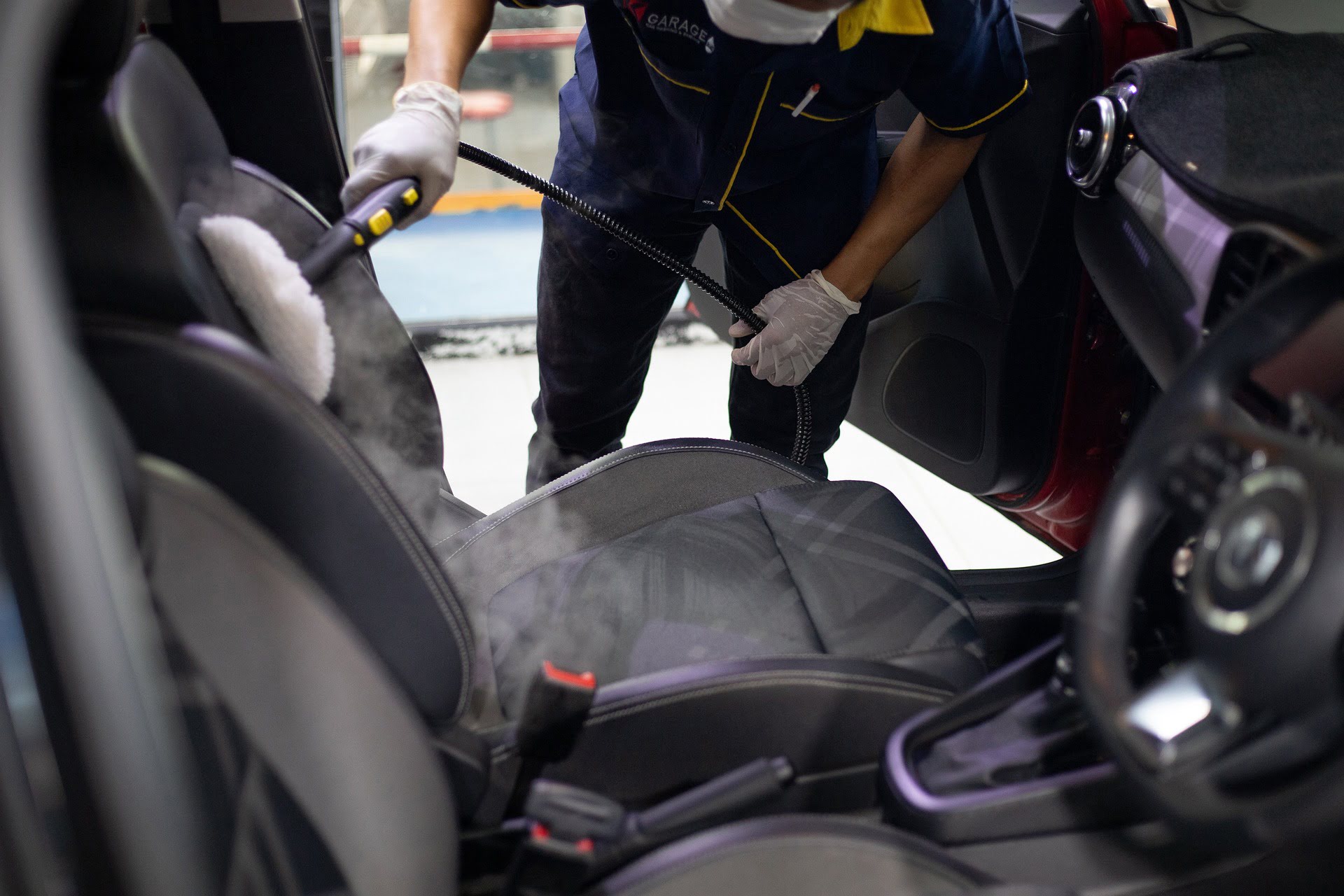

Articles
How To Use A Steamer For Car Detailing
Modified: January 21, 2024
Discover the best techniques for using a steamer to achieve professional-level car detailing results. Read our comprehensive articles today!
(Many of the links in this article redirect to a specific reviewed product. Your purchase of these products through affiliate links helps to generate commission for Storables.com, at no extra cost. Learn more)
How To Use A Steamer For Car Detailing
Car detailing plays a crucial role in maintaining the overall appearance and condition of a vehicle. It involves a thorough cleaning and restoration process that goes beyond a regular car wash. One effective tool used in car detailing is a steamer. Steamers provide a chemical-free, efficient, and eco-friendly method to remove dirt, grime, and stains from both the interior and exterior of a car. In this article, we will explore the benefits of using a steamer for car detailing and provide a step-by-step guide on how to use one effectively.
Key Takeaways:
- Using a steamer for car detailing eliminates the need for harsh chemicals, efficiently removes dirt and stains, kills bacteria, and preserves the vehicle’s paint and finish, providing a safer, eco-friendly, and effective cleaning solution.
- When using a steamer for car detailing, it’s crucial to choose the right steamer, prepare the vehicle properly, follow safety guidelines, and focus on thorough cleaning to achieve professional-level results and maintain a pristine car interior and exterior.
Benefits of Using a Steamer for Car Detailing
Using a steamer offers several advantages compared to traditional car cleaning methods. Here are some of the key benefits:
1. Eliminating the need for harsh chemicals: Steam cleaning does not require the use of harsh chemicals, which can be harmful to the environment and pose health risks. The high temperature of the steam effectively loosens and removes dirt, grease, and stains.
2. Efficiently removing dirt, grime, and stains: Steamers generate high-pressure steam that penetrates deep into the surface of the car, making it easier to lift and remove dirt particles, grime, and even stubborn stains.
3. Killing bacteria and eliminating odors: The high temperature of steam kills bacteria, germs, and allergens present in the car’s interior. This not only helps to sanitize the vehicle but also eliminates any unpleasant odors caused by the bacteria.
4. Preserving the vehicle’s paint and finish: Steam cleaning is gentle on the car’s exterior paint and finish. It does not cause any swirling or scratching, unlike traditional cleaning methods that may use abrasive materials.
Choosing the Right Steamer for Car Detailing
Before you start using a steamer for car detailing, it is important to choose the right one for your needs. Consider the following factors:
1. Size and portability: Opt for a steamer that is compact and easy to move around, especially if you plan on using it for both interior and exterior cleaning.
2. Pressure and temperature: Look for a steamer with adjustable pressure and temperature settings. This will allow you to customize the steam output according to the surface you are cleaning.
3. Attachments and accessories: Check if the steamer comes with a variety of attachments and accessories suitable for different cleaning tasks. These may include brushes, nozzles, and extension wands.
4. Water tank capacity: Consider the water tank capacity of the steamer. A larger capacity will allow for longer cleaning sessions without the need for frequent refills.
By considering these factors, you can choose a steamer that will meet your car detailing needs effectively.
Preparing the Vehicle for Steaming
Before using a steamer, it is crucial to prepare the vehicle properly. Follow these steps:
1. Clean the exterior of the car: Use a gentle car wash solution or soap to remove loose dirt and debris from the surface of the car. Rinse it thoroughly with water and dry it completely.
2. Remove loose debris and dirt: Vacuum the interior of the car to remove dust, dirt, and crumbs from the seats, carpets, and floor mats.
3. Protect sensitive areas and surfaces: Cover any electronic components or delicate materials in the car, such as screens, leather seats, or wood trim, to prevent damage from steam exposure.
By preparing the vehicle appropriately, you ensure a more efficient and effective cleaning process.
To be continued…
Introduction
Car detailing is an essential aspect of vehicle maintenance that goes beyond the regular car wash. It involves a thorough cleaning, restoration, and protection of a car’s interior and exterior. Car owners who prioritize detailing enjoy countless benefits, including an enhanced appearance, improved resale value, and a longer lifespan for their vehicles.
One tool that has become increasingly popular in the world of car detailing is the steamer. Steamers offer a revolutionary cleaning method that harnesses the power of high-pressure steam to remove dirt, grime, and stains effectively. Unlike traditional cleaning methods that rely on harsh chemicals, steamers offer a chemical-free and eco-friendly alternative.
Steamers are versatile tools that can be used on various surfaces in a car, including upholstery, carpets, floor mats, dashboard, windows, and even the engine bay. With their adjustable pressure and temperature settings, steamers allow for precise and controlled cleaning, ensuring both gentle care and thorough results.
Using a steamer for car detailing offers several advantages. One of the main benefits is the elimination of harsh chemicals. Traditional car cleaning products often contain chemicals that can be harmful to the environment and pose health risks to both users and passengers. By using steam, car owners can maintain a pristine interior and exterior without compromising their health or the well-being of the planet.
Furthermore, steamers are incredibly efficient at removing dirt, grime, and stains. The high-pressure steam dislodges particles from various surfaces, including fabric, plastic, glass, and metal. Steamers can penetrate deep into crevices and hard-to-reach areas, ensuring a thorough cleaning that traditional methods may struggle to achieve.
A steamer’s ability to kill bacteria and eliminate odors is another noteworthy advantage. The high temperature of the steam acts as a natural disinfectant, effectively sanitizing the car’s interior. This is especially beneficial for families with children or individuals with sensitivities or allergies. In addition, steam is highly effective at neutralizing unpleasant odors, leaving the car smelling fresh and clean.
Lastly, using a steamer helps preserve the vehicle’s paint and finish. Traditional cleaning methods can often cause micro-scratches and swirl marks on the car’s surface, diminishing its overall aesthetic appeal. Steam is gentle on the paintwork while providing a thorough clean, ensuring that the car maintains its shine for years to come.
In this article, we will delve deeper into the world of steamers for car detailing. We will explore the benefits, provide a step-by-step guide on their usage, and offer valuable tips to ensure a safe and effective detailing experience. By the end of this article, you will have a comprehensive understanding of how to use a steamer for car detailing and how it can elevate your car maintenance routine.
Key Takeaways:
- Using a steamer for car detailing eliminates the need for harsh chemicals, efficiently removes dirt and stains, kills bacteria, and preserves the vehicle’s paint and finish, providing a safer, eco-friendly, and effective cleaning solution.
- When using a steamer for car detailing, it’s crucial to choose the right steamer, prepare the vehicle properly, follow safety guidelines, and focus on thorough cleaning to achieve professional-level results and maintain a pristine car interior and exterior.
Benefits of Using a Steamer for Car Detailing
Using a steamer for car detailing offers numerous advantages compared to traditional cleaning methods. Let’s explore some of the key benefits:
1. Eliminating the need for harsh chemicals: One of the significant advantages of using a steamer is that it eliminates the need for harsh chemicals. Traditional cleaning products often contain chemicals that can be harmful to the environment and may cause health issues. Steamers use high-pressure steam, which effectively loosens and removes dirt, grime, and stains without the need for harmful chemicals. This not only creates a safer environment for you and your passengers but also contributes to the overall well-being of the planet.
2. Efficiently removing dirt, grime, and stains: Steamers provide a deep cleaning experience by effectively removing dirt, grime, and even stubborn stains. The high-pressure steam produced by the steamer can penetrate into various surfaces, including fabric, carpet, plastic, and metal. It dislodges and lifts dirt particles, allowing for a thorough cleaning that traditional methods may struggle to achieve. Whether it’s the upholstery, carpets, or the interior dashboard, steamers can tackle tough stains and leave your car looking fresh and revitalized.
3. Killing bacteria and eliminating odors: In addition to cleaning, steamers offer the added benefit of sanitizing your car’s interior. The high temperature of the steam effectively kills bacteria, germs, and allergens that may be present. This is particularly beneficial for individuals with sensitivities, allergies, or families with children who spend a significant amount of time in the car. Additionally, steamers are excellent for eliminating stubborn odors caused by bacteria. By using a steamer, you can enjoy a healthier and fresher environment inside your car.
4. Preserving the vehicle’s paint and finish: When using traditional cleaning methods, there is always the risk of damaging the vehicle’s paint and finish. Abrasive materials or improper techniques can lead to scratches and swirl marks, diminishing the overall appearance of the car. However, steamers provide a gentle cleaning solution that is safe for your vehicle’s paintwork. The high-pressure steam lifts dirt without scratching the surface, ensuring that your car maintains its beautiful shine and finish.
By incorporating a steamer into your car detailing routine, you can reap these benefits and achieve exceptional results. Not only will your car look and smell cleaner, but you’ll also be doing your part in promoting a safer and more environmentally friendly approach to car maintenance.
Choosing the Right Steamer for Car Detailing
When it comes to selecting a steamer for car detailing, there are several factors to consider to ensure optimal results. Let’s explore these factors, the different types of steamers available, and the recommended features for car detailing purposes:
1. Factors to consider when selecting a steamer:
– Size and portability: Consider the size and portability of the steamer. Opt for a compact and lightweight model that is easy to maneuver around your vehicle, especially if you plan to use it for both interior and exterior cleaning.
– Pressure and temperature: Look for a steamer that offers adjustable pressure and temperature settings. This feature allows you to customize the steam output according to the specific surface you are cleaning. For instance, delicate upholstery may require lower pressure and temperature, while tougher exterior surfaces may benefit from higher settings.
– Attachments and accessories: Check if the steamer comes with a variety of attachments and accessories suitable for different cleaning tasks. Common attachments include brushes, nozzles, extension wands, and detail brushes. These attachments will help you reach tight spaces, scrub stains, and provide more versatility during the detailing process.
– Water tank capacity: Consider the water tank capacity of the steamer. Larger tanks allow for longer cleaning sessions without the need for frequent refills. However, keep in mind that larger tanks may also mean a heavier overall weight, which can impact portability.
2. Different types of steamers available on the market:
– Handheld steamers: Handheld steamers are compact, lightweight, and easy to use. They are ideal for smaller cleaning tasks and spot treatments. While they may not have the same power and capacity as larger models, they offer convenience and portability.
– Canister steamers: Canister steamers are larger and typically come with a variety of attachments. They have a higher capacity and longer steam time compared to handheld models. Canister steamers are suitable for more extensive car detailing tasks and provide excellent cleaning power.
– Commercial-grade steamers: Commercial-grade steamers are heavy-duty machines designed for professional car detailers or those who require heavy and frequent use. These steamers are powerful, high-capacity, and equipped with advanced features for maximum efficiency. While they may be more expensive, they offer superior performance and durability.
3. Recommended features for car detailing purposes:
– Variable steam control: Look for a steamer that offers variable steam control, allowing you to adjust the pressure and intensity of the steam based on the surface being cleaned. This feature ensures that you can effectively clean delicate surfaces without causing any damage.
– Long hose and power cord: Opt for a steamer with a long hose and power cord to provide flexibility and convenience during the detailing process. This will allow you to maneuver around the vehicle without restrictions.
– Quick heat-up time: A steamer with a quick heat-up time is advantageous, as it allows you to start your detailing tasks promptly without any significant delays. Look for a steamer that heats up within a few minutes.
– Easy maintenance and cleaning: Consider a steamer that is easy to maintain and clean. Look for models with accessible water tanks and removable parts for effortless maintenance.
By considering these factors and choosing a steamer with the recommended features, you can ensure a seamless and efficient car detailing experience. Finding the right steamer that meets your specific needs will contribute to achieving professional-level results for your vehicle.
Preparing the Vehicle for Steaming
Before you start using a steamer for car detailing, it is important to properly prepare the vehicle. This ensures that you achieve the best possible results and protect sensitive areas and surfaces. Here are the steps to follow when preparing your vehicle for steaming:
1. Cleaning the exterior of the car: Begin by giving the exterior of your car a thorough cleaning. Use a gentle car wash solution or soap to remove any loose dirt, debris, and road grime that may be present on the surface. Rinse the car thoroughly with water to remove all traces of the cleaning solution and then dry it completely.
2. Removing loose debris and dirt: Once the exterior is clean, it’s time to remove loose debris and dirt from the interior of the car. Use a vacuum cleaner to vacuum the seats, carpets, floor mats, and any other upholstered surfaces. This step ensures that larger particles are removed, allowing the steamer to focus on deep cleaning and sanitizing.
3. Protecting sensitive areas and surfaces: Before you begin steaming, it is essential to protect sensitive areas and surfaces that may be prone to damage or discoloration. Cover any electronic components such as screens, buttons, or touchpads with a protective covering. If you have leather seats, apply a thin layer of leather conditioner to protect them from excessive moisture.
Moreover, consider using masking tape or plastic wrap to cover any wood or chrome trims that could be damaged by steam exposure. By taking these precautions, you can ensure that the sensitive areas of your vehicle remain intact and undamaged during the steaming process.
By following these steps, you will prepare your vehicle for the steaming process, ensuring that it is clean, free of loose debris, and properly protected. This will allow you to achieve the best possible results when using the steamer for car detailing, giving your vehicle a renewed and refreshed appearance inside and out.
Using the Steamer for Interior Car Detailing
One of the major benefits of using a steamer for car detailing is its effectiveness in cleaning the interior of the vehicle. With the power of steam, you can tackle a wide range of surfaces, from upholstery and carpets to hard surfaces and crevices. Here are the steps to effectively use a steamer for interior car detailing:
1. Steam cleaning upholstery and fabric surfaces: Attach a fabric nozzle or upholstery brush to the steamer and adjust the steam pressure according to the fabric type. Starting from the top, work your way down and steam the upholstery, seats, and fabric surfaces thoroughly. Move the steamer in slow, overlapping strokes, allowing the steam to penetrate the fabric and lift dirt and stains. If there are any heavily soiled areas, apply gentle pressure with the steamer and use a microfiber cloth to blot away the debris.
2. Removing stains from carpets and floor mats: For carpets and floor mats, switch to a carpet glider attachment and adjust the steam pressure. Start by steaming a small area to test the fabric’s reaction. Then, work on one section at a time, applying steam and using a brush attachment to agitate the fibers and remove stubborn stains. Use a microfiber towel to blot away excess moisture and dirt. Allow the carpets and mats to dry thoroughly before using the vehicle.
3. Sanitizing and deodorizing the car’s interior: Steam is a powerful tool for sanitizing and deodorizing the car’s interior. As you steam, the high temperatures kill bacteria, germs, and allergens that may be present in the upholstery and carpets. Pay particular attention to areas that may harbor bacteria, such as armrests, cup holders, and door handles. The steam will also help remove any trapped odors, leaving your car smelling fresh and clean.
4. Steam cleaning hard surfaces and crevices: Attach a detail brush to the steamer for cleaning hard surfaces and reaching into crevices. Steam clean the dashboard, door panels, console, and any other hard surfaces. The high-pressure steam will loosen dirt, grime, and dust, which you can then wipe away with a microfiber cloth. Use the detail brush to clean tight spaces, air vents, and other hard-to-reach areas. Be mindful of sensitive electronic components and avoid prolonged steam exposure to prevent any damage.
Remember to follow the manufacturer’s instructions for your specific steamer model, and always test the steam on a small, inconspicuous area before proceeding with larger surfaces. Additionally, ensure proper ventilation of the car interior during and after steaming to allow any excess moisture to escape.
By using a steamer for interior car detailing, you can effectively clean, sanitize, and deodorize all surfaces, leaving your vehicle fresh, hygienic, and restored to its former glory.
Read more: How To Use A Tamale Steamer
Using the Steamer for Exterior Car Detailing
Steamers are not just limited to interior car detailing; they are also highly effective for cleaning and maintaining the exterior of your vehicle. Here are the steps for using a steamer for exterior car detailing:
1. Steam cleaning the engine bay: Start by using the steamer to clean the engine bay. Be cautious and avoid direct steam contact with sensitive electrical components. Adjust the steam pressure to a lower setting to prevent any potential damage. Gently steam the engine bay, focusing on removing grime, dirt, and grease. Use a detailing brush or microfiber towel to agitate any stubborn areas and wipe away the loosened dirt.
2. Removing stubborn stains and marks from the exterior surfaces: Steam is highly effective at removing stubborn stains and marks from the car’s exterior surfaces. Adjust the steam pressure accordingly, depending on the surface you are working on. Steam the affected areas, such as bird droppings, tree sap, or stubborn dirt marks, and allow the steam to loosen the debris. Once softened, gently wipe away the residue using a microfiber cloth or soft sponge. For tougher stains, you may need to repeat the steaming process or use a light detailing chemical alongside the steam.
3. Cleaning and degreasing wheels and tires: Attach a brush specifically designed for wheels to the steamer. Steam the wheels and tires, focusing on removing brake dust, road grime, and dirt. The steam will help break down and lift the debris, making it easier to clean. Use the brush to agitate the surface and remove any stubborn dirt. Wipe away any excess moisture and debris with a microfiber cloth.
4. Polishing and restoring headlights with a steamer: Steam can be used to help restore and polish foggy or oxidized headlights. Steam the headlights to heat up the surface, making it easier to remove the build-up. Use a microfiber cloth and a headlight restoration product to buff away the oxidation and restore clarity. Repeat the process if necessary until the headlights look clean and clear. Finish by applying a protective sealant to prolong the headlights’ clarity and protect them from future damage.
Remember to read the manufacturer’s instructions for your specific steamer model and adjust the steam pressure and temperature settings accordingly. Additionally, ensure that you have proper ventilation when using the steamer for exterior car detailing to allow any excess moisture to evaporate.
By using a steamer for exterior car detailing, you can achieve significant results. Steam effectively cleans, degreases, and restores various surfaces, making your vehicle look refreshed and well-maintained from the outside.
Safety Tips and Precautions
While using a steamer for car detailing offers numerous benefits, it is essential to prioritize safety and take necessary precautions. Here are some safety tips to keep in mind when using a steamer for car detailing:
1. Properly handling and operating a steamer:
– Read the manufacturer’s instructions carefully and familiarize yourself with the specific operation and safety guidelines for your steamer model.
– Use the appropriate attachments and nozzles for each surface to be cleaned. This helps ensure that you achieve the desired results without causing any damage.
– Do not leave the steamer unattended while it is in use. Always turn off the steamer when taking a break or when you have finished using it.
– Avoid pointing the steam directly at yourself, others, or delicate surfaces. The high temperature of the steam can cause burns or damage certain materials.
2. Ensuring the vehicle is properly ventilated:
– When using a steamer for car detailing, make sure the area where you are working is well-ventilated. This helps to dissipate any excess moisture or steam that may accumulate inside the car.
– Open the windows or doors to encourage airflow and prevent the build-up of steam. This will also help to minimize the potential for mold or mildew growth inside the vehicle.
3. Using protective equipment while steaming:
– Wear protective gloves, goggles, and appropriate clothing to protect yourself from hot steam and potential cleaning solutions.
– If you are using any chemicals in conjunction with the steamer, ensure that the area is well-ventilated and follow the manufacturer’s guidelines for proper usage.
– If you have any respiratory issues or sensitivities, consider wearing a mask or working in a well-ventilated area to prevent any potential inhalation of steam or cleaning solutions.
– In addition, be mindful of any electrical components in the car and avoid steam contact with these areas to prevent damage or electrical risks.
Following these safety tips and precautions will help ensure a safe and effective steaming experience for both you and your vehicle. By prioritizing safety, you can enjoy the benefits of using a steamer for car detailing without any unnecessary risks or accidents.
Conclusion
Using a steamer for car detailing offers numerous benefits that contribute to a cleaner, healthier, and more aesthetically pleasing vehicle. Throughout this article, we have explored the various advantages of using a steamer for both interior and exterior car detailing. Let’s recap these benefits and offer final thoughts on effectively utilizing steamers for car maintenance.
Recap of the benefits of using a steamer for car detailing:
– Eliminating the need for harsh chemicals: Steamers provide a chemical-free and eco-friendly cleaning method, reducing the impact on the environment and minimizing health risks.
– Efficiently removing dirt, grime, and stains: Steamers penetrate deep into surfaces, effectively lifting and removing dirt, grime, and even stubborn stains that traditional cleaning methods may struggle to remove.
– Killing bacteria and eliminating odors: The high temperature steam kills bacteria and sanitizes the vehicle’s interior, helping to create a healthier environment. Additionally, steam effectively eliminates unpleasant odors, leaving the car smelling fresh and clean.
– Preserving the vehicle’s paint and finish: Steam cleaning is gentle on the car’s exterior, protecting the paint and finish from scratches and swirl marks caused by traditional cleaning methods.
Final thoughts on effectively utilizing steamers for car maintenance:
To effectively utilize steamers for car maintenance, consider the following tips:
– Select the right steamer: Choose a steamer that is suitable for your specific car detailing needs. Consider factors such as size, portability, pressure, temperature, and attachments to ensure optimal performance.
– Prepare the vehicle properly: Thoroughly clean the exterior of the car, remove loose debris and dirt from the interior, and protect sensitive areas and surfaces before steaming.
– Follow proper usage and safety guidelines: Familiarize yourself with the manufacturer’s instructions and take necessary precautions when handling and operating the steamer. Ensure proper ventilation during and after steaming and use appropriate protective equipment.
– Focus on each area: Take the time to steam each area of your car thoroughly, paying attention to upholstery, carpets, hard surfaces, and crevices. This will ensure a comprehensive cleaning and rejuvenation process.
By incorporating these practices, you can maximize the benefits of using a steamer for car detailing and enjoy a well-maintained, refreshed vehicle.
In conclusion, steamers provide a highly effective, eco-friendly, and versatile tool for car detailing. They offer numerous benefits, including the elimination of harsh chemicals, efficient dirt and stain removal, bacteria-killing and odor elimination properties, and paint preservation. By selecting the right steamer, properly preparing the vehicle, following safety guidelines, and focusing on thorough cleaning, you can achieve professional-level results and maintain a pristine car interior and exterior.
So, why wait? Start harnessing the power of steam and elevate your car maintenance routine to new heights with the use of a steamer. Your vehicle will thank you with an impeccable appearance and a fresh, inviting ambiance.
Frequently Asked Questions about How To Use A Steamer For Car Detailing
Was this page helpful?
At Storables.com, we guarantee accurate and reliable information. Our content, validated by Expert Board Contributors, is crafted following stringent Editorial Policies. We're committed to providing you with well-researched, expert-backed insights for all your informational needs.
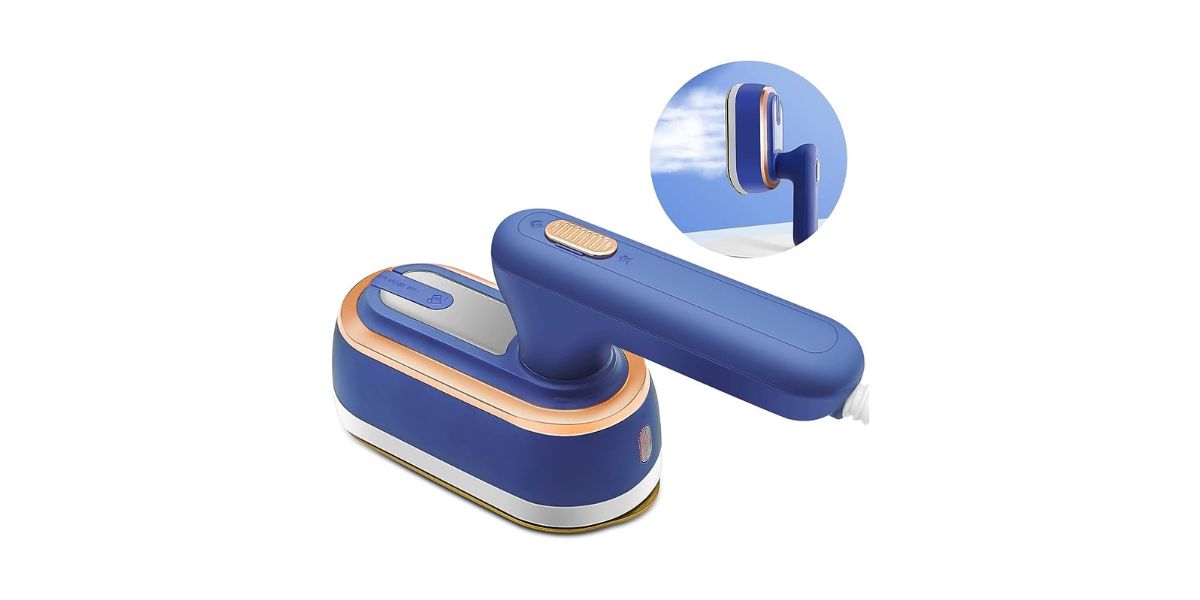
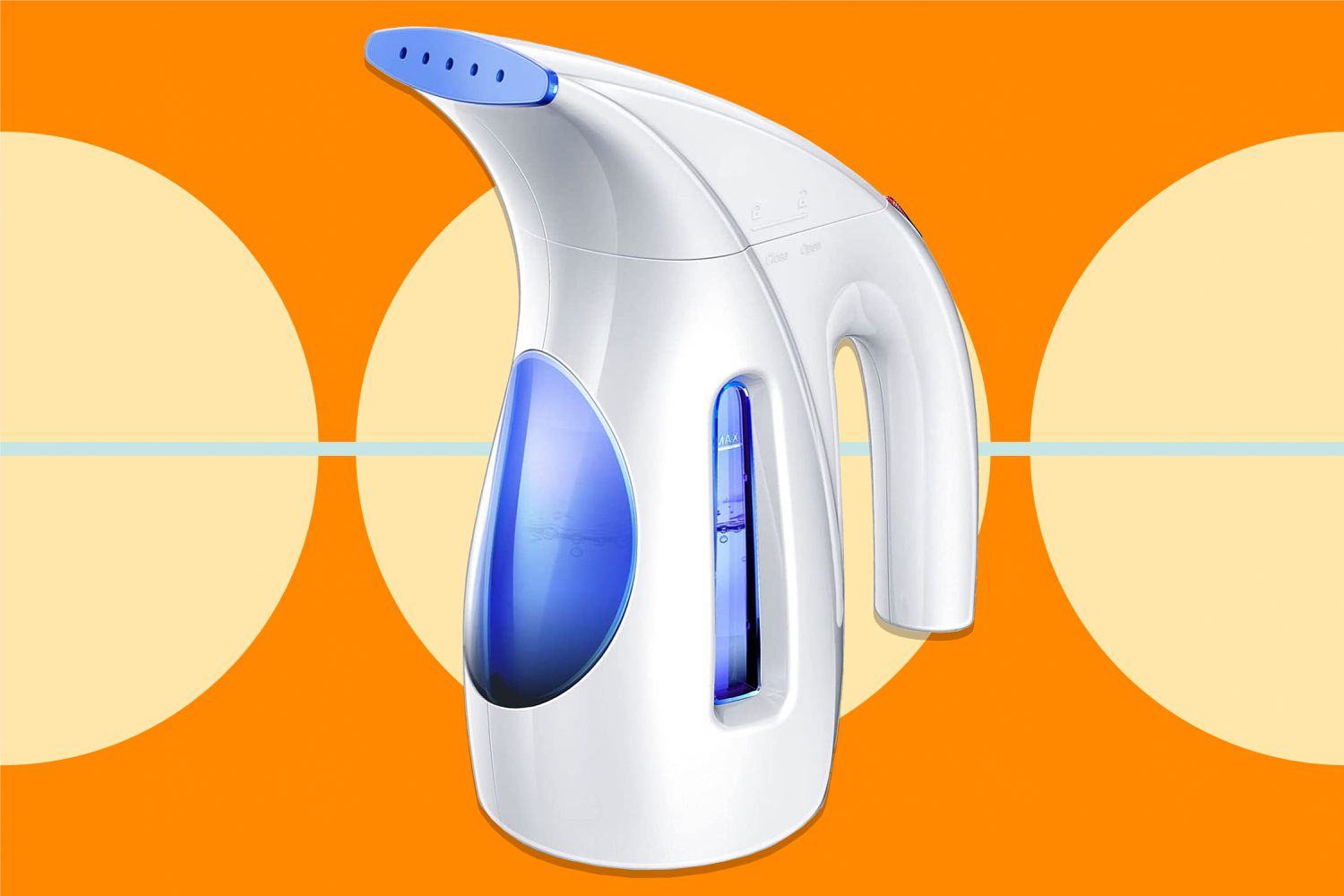
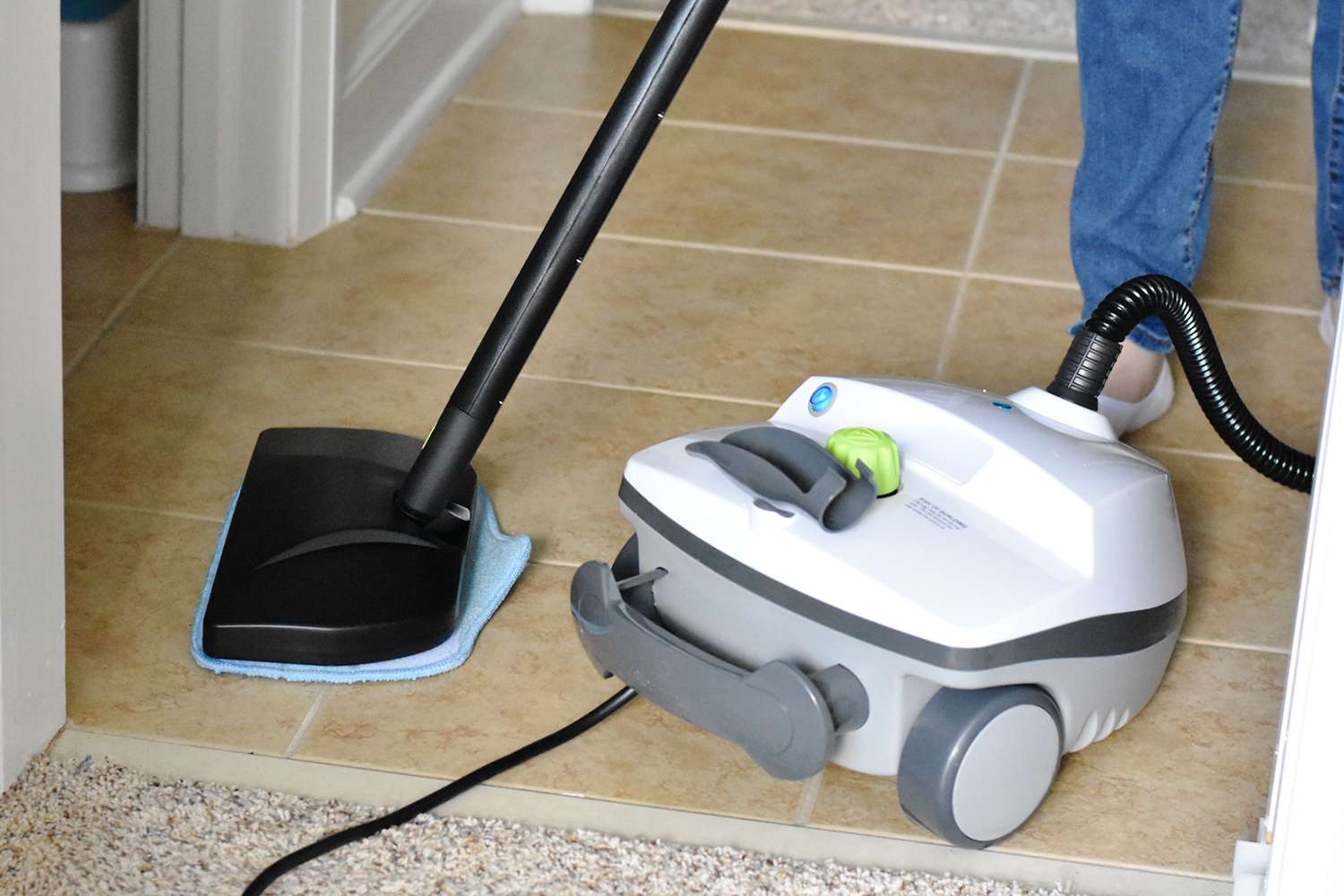


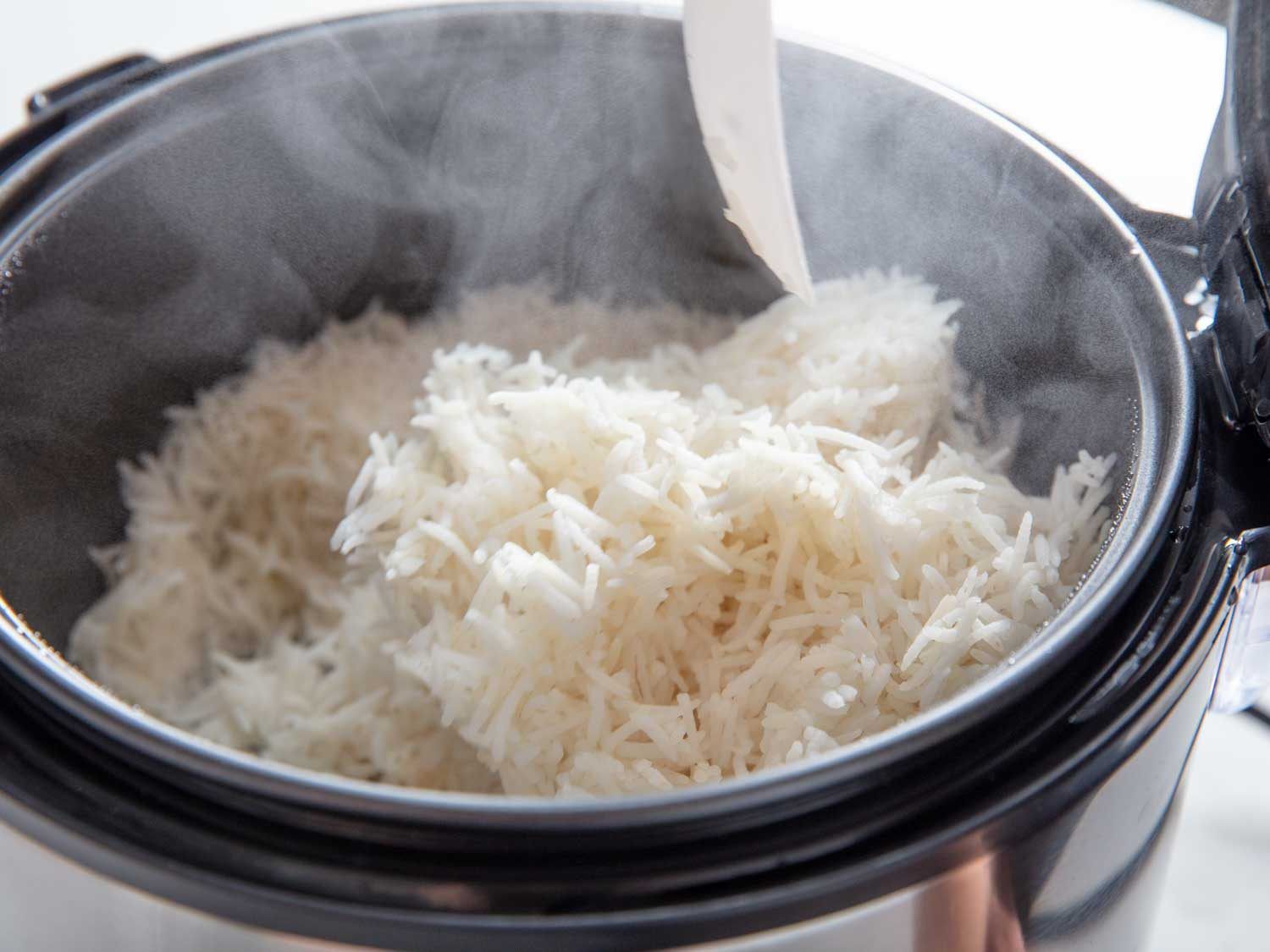
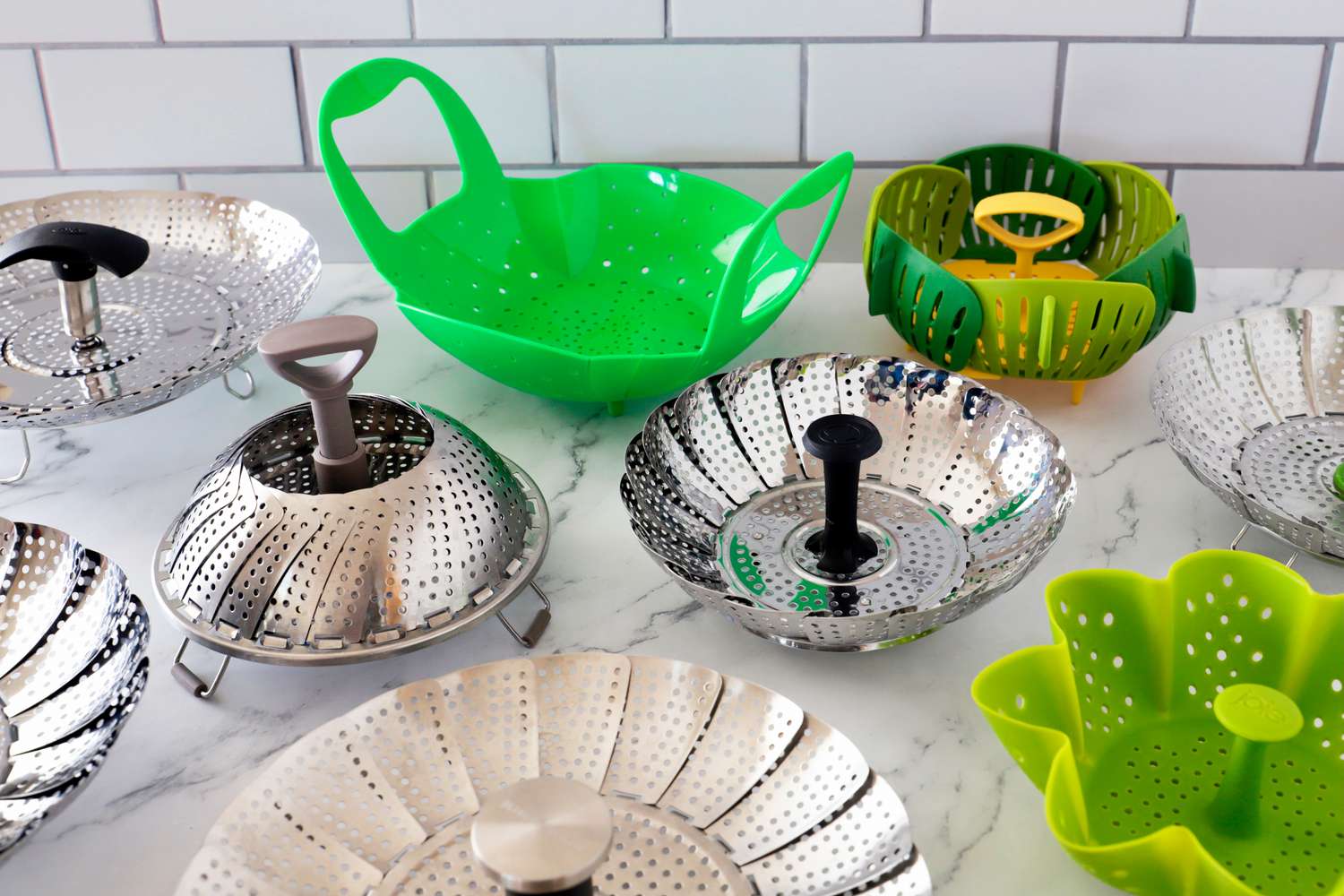
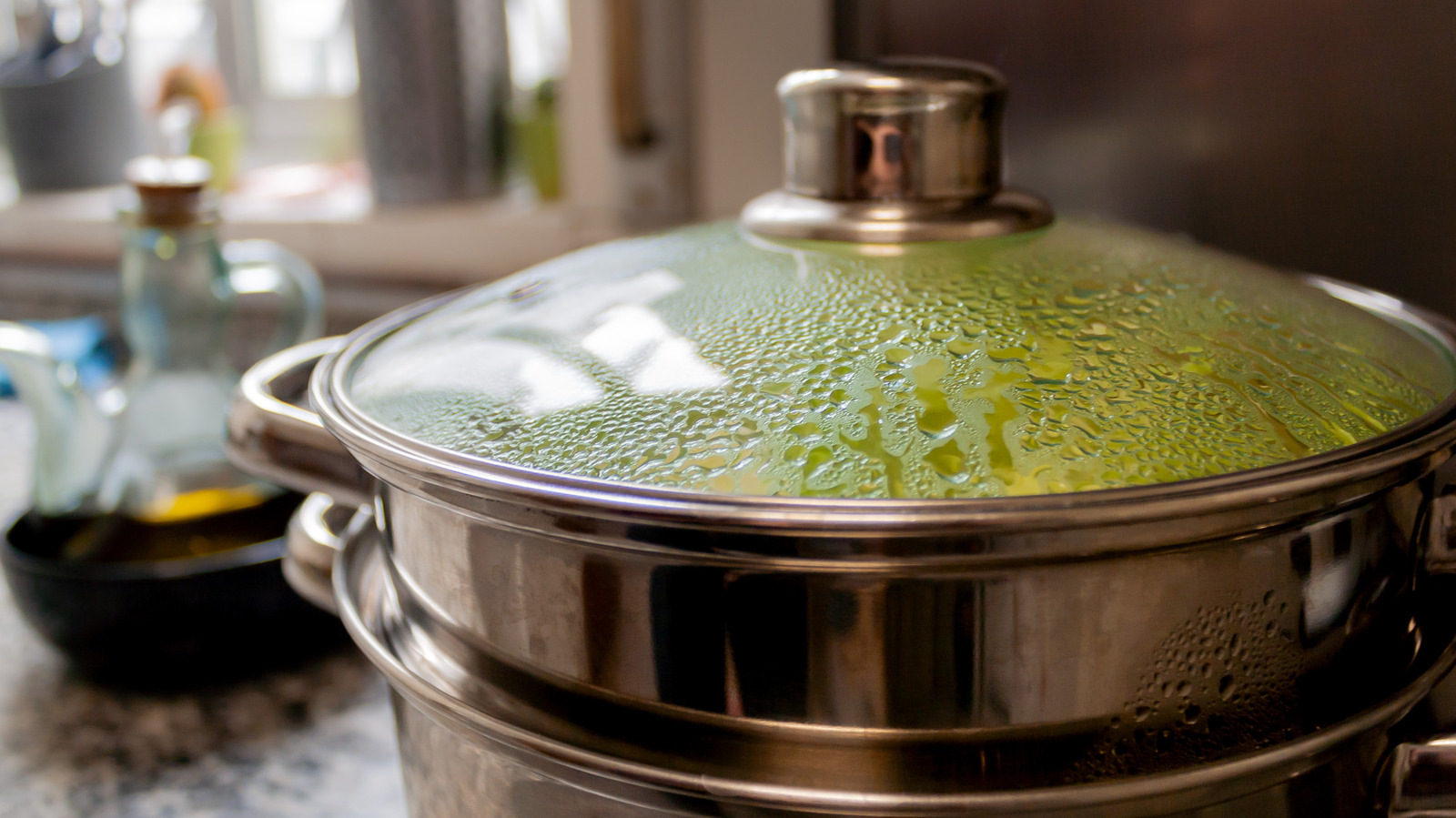
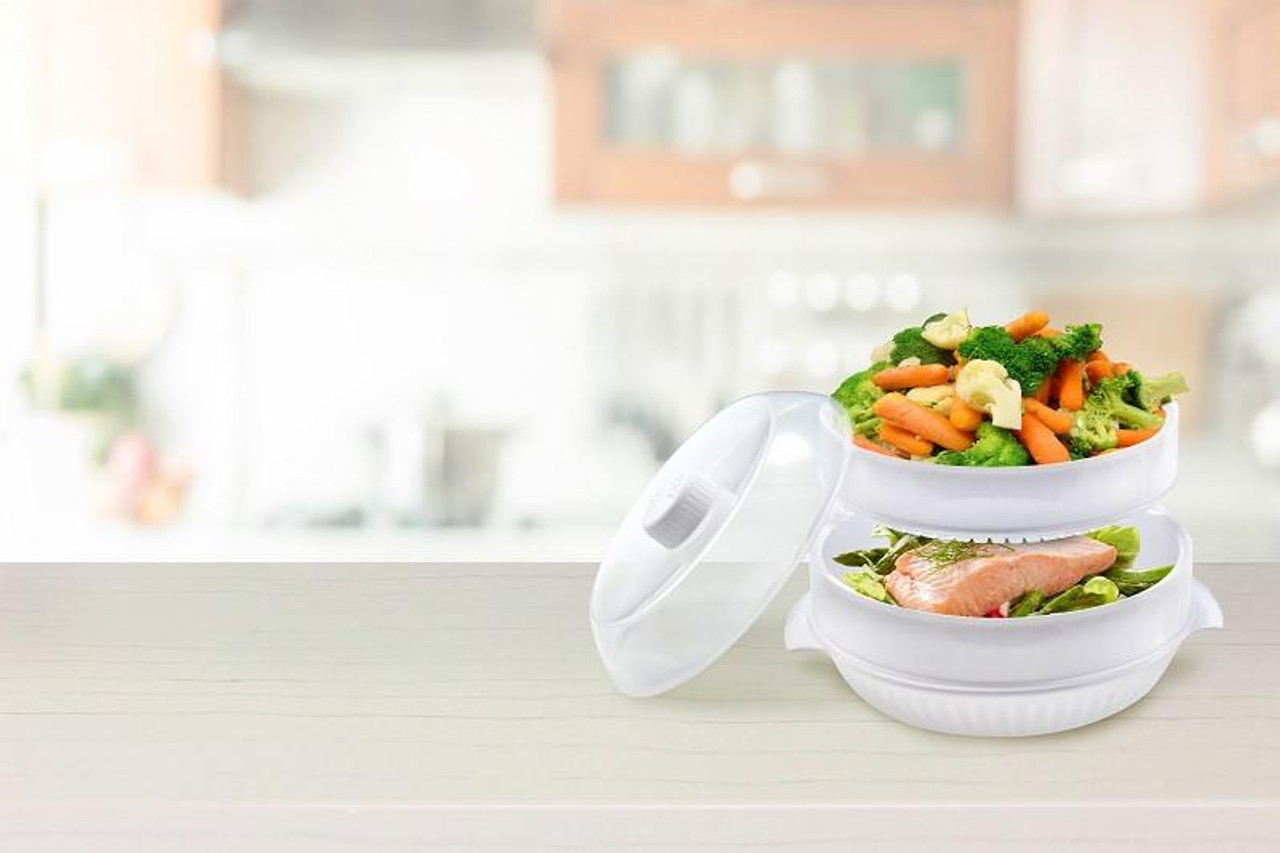
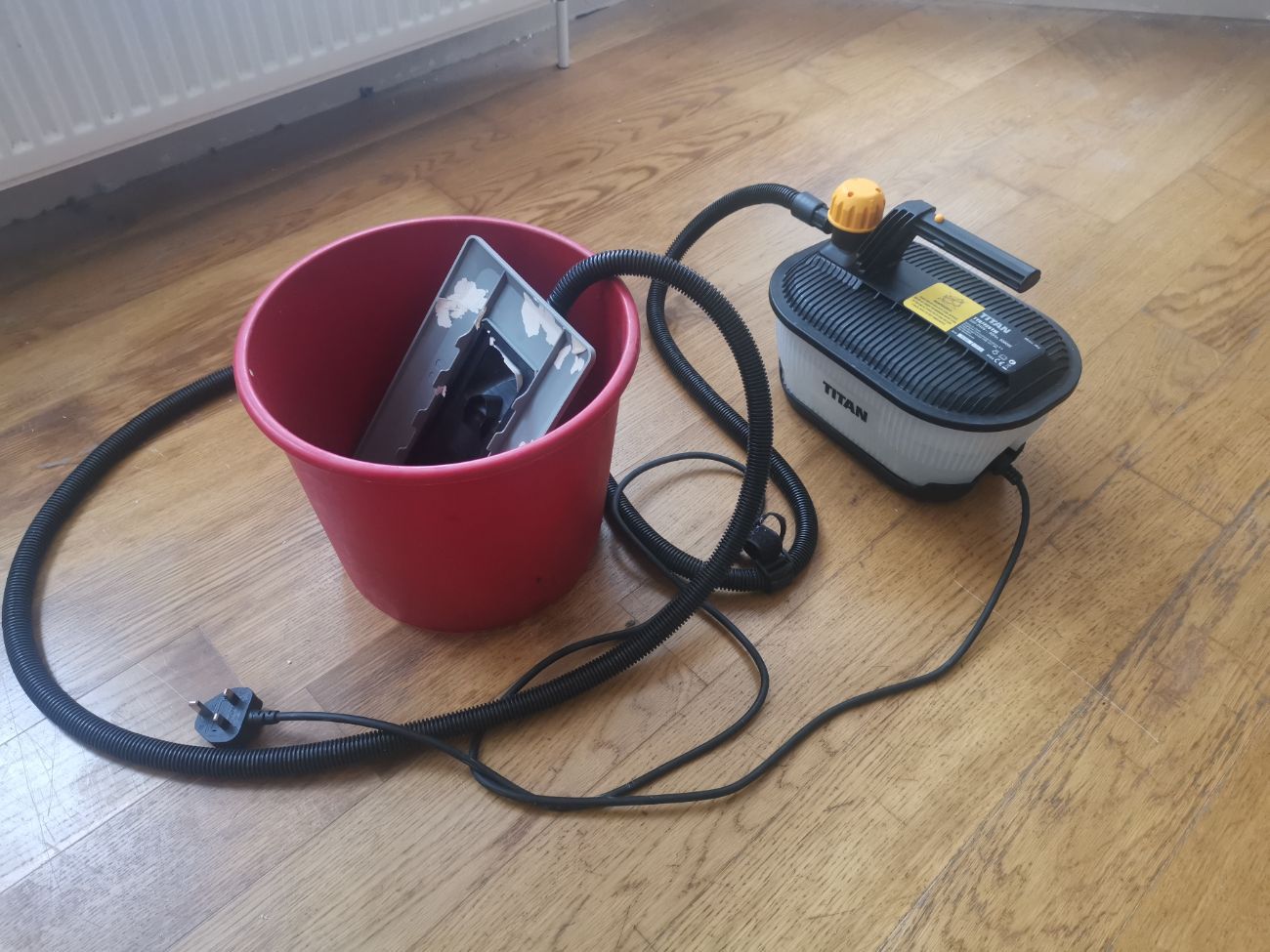
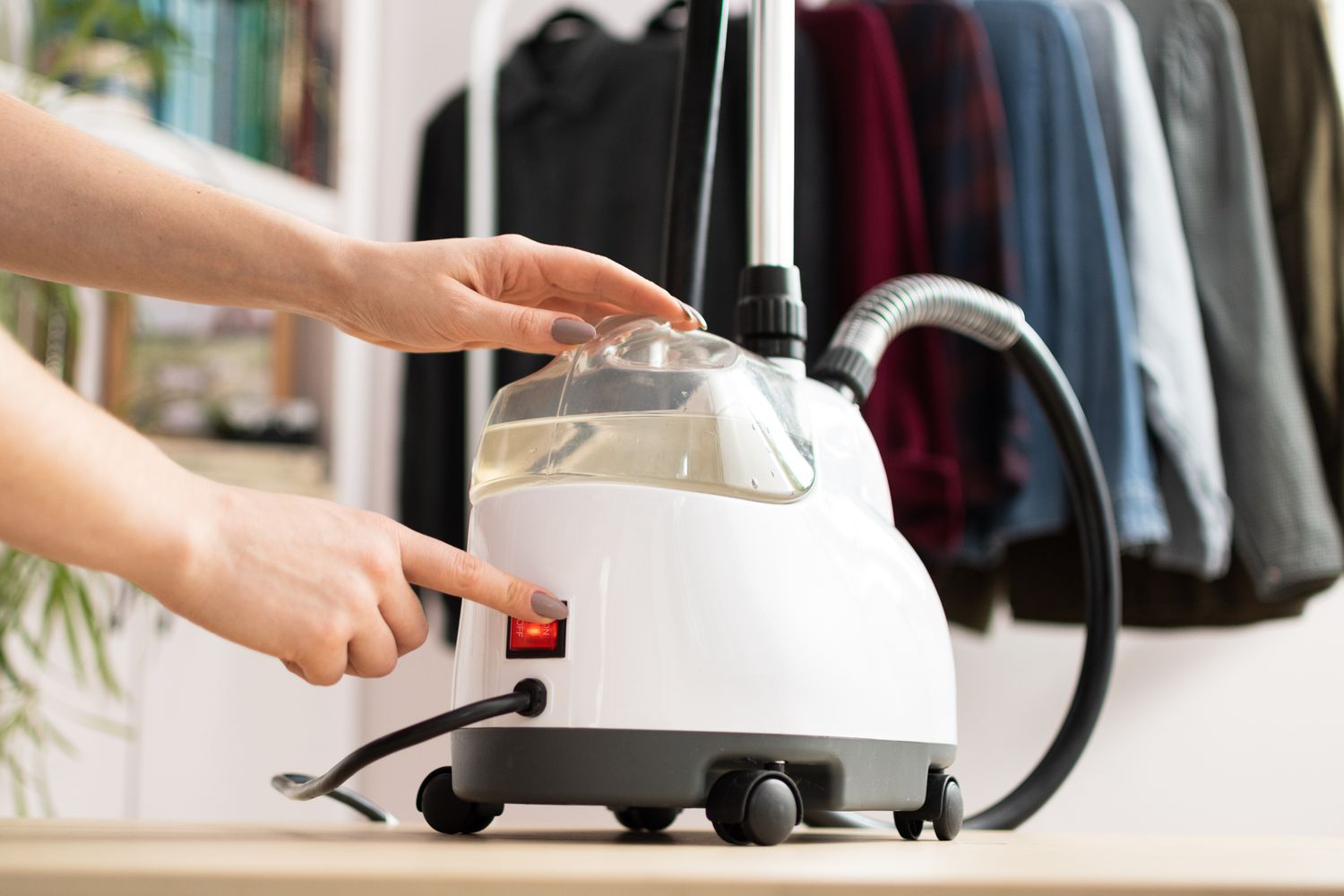
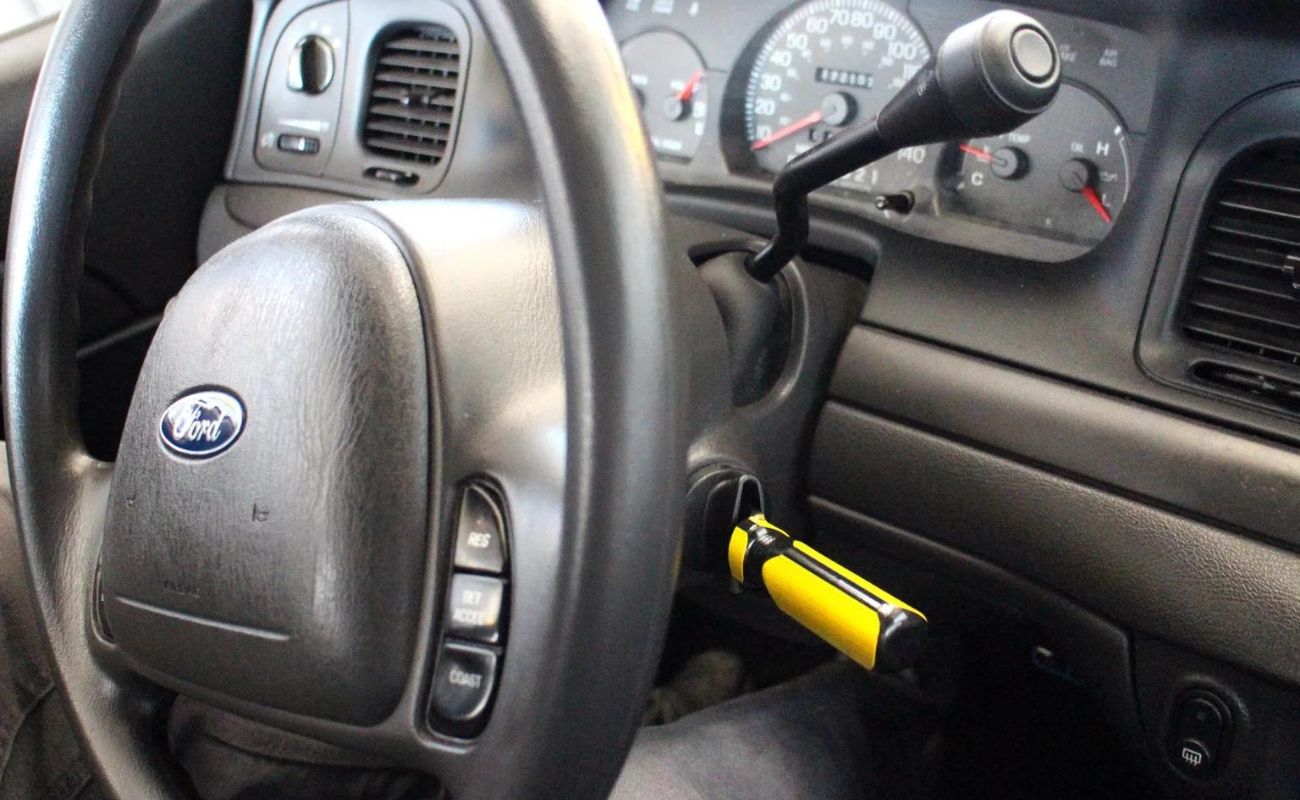
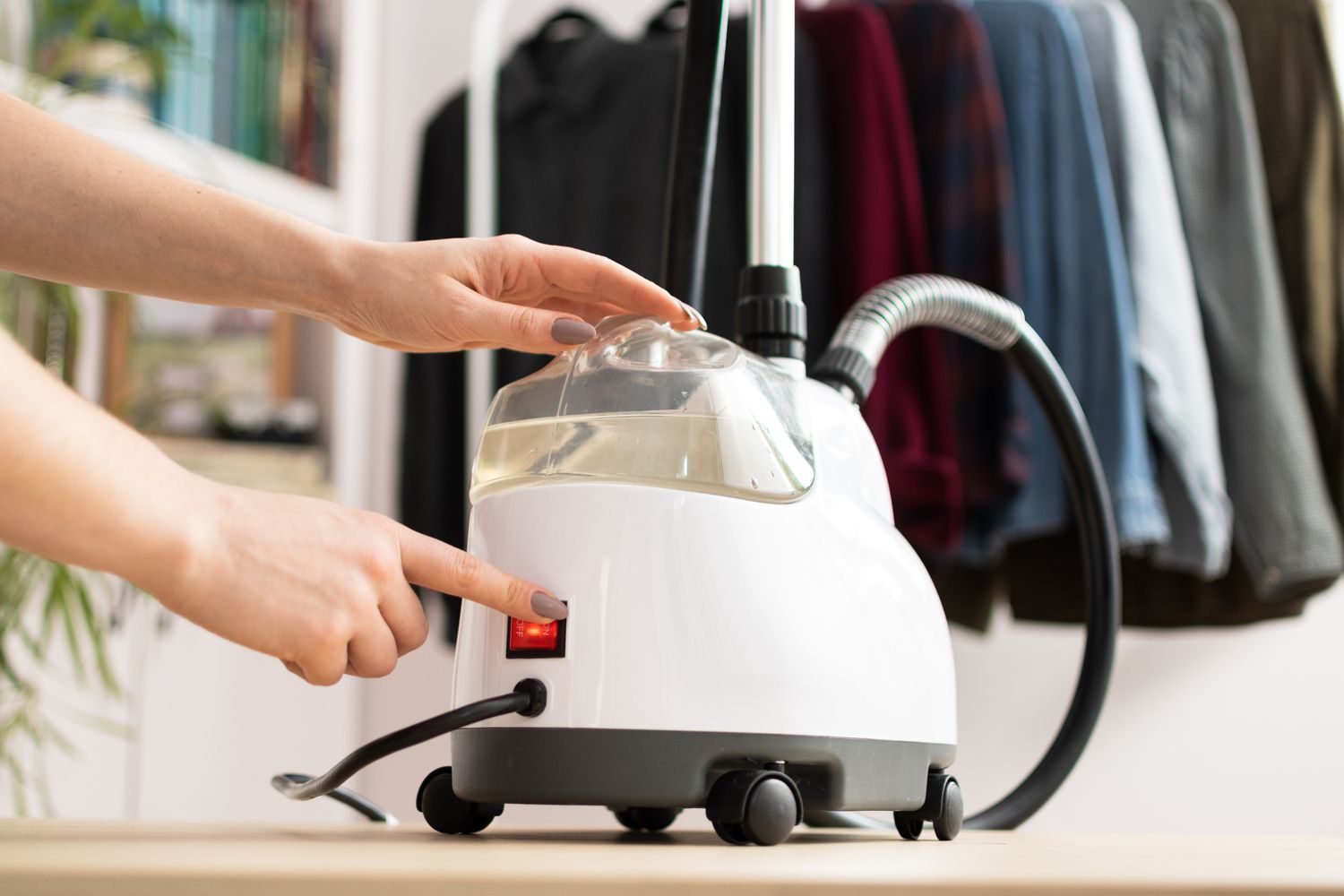

0 thoughts on “How To Use A Steamer For Car Detailing”